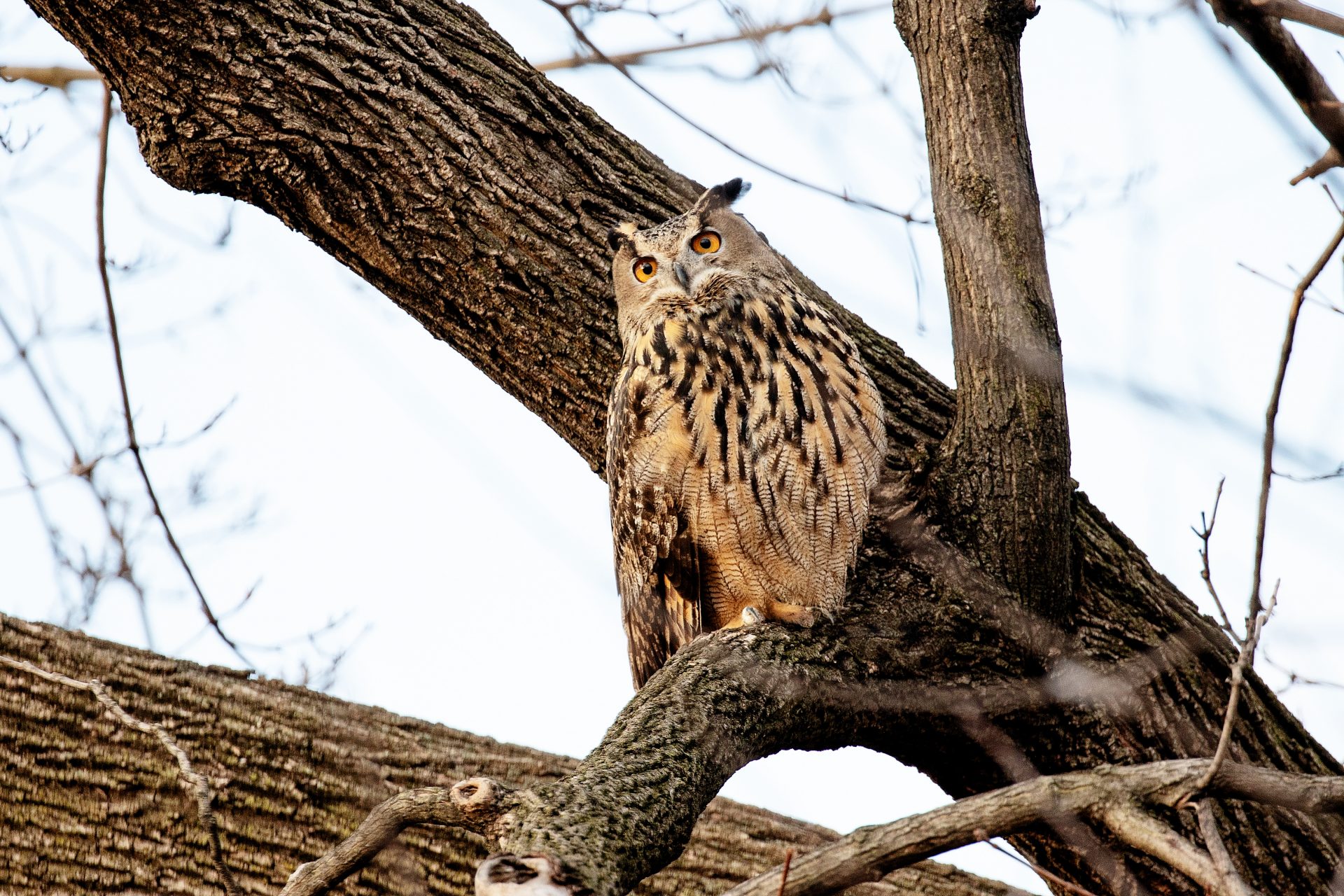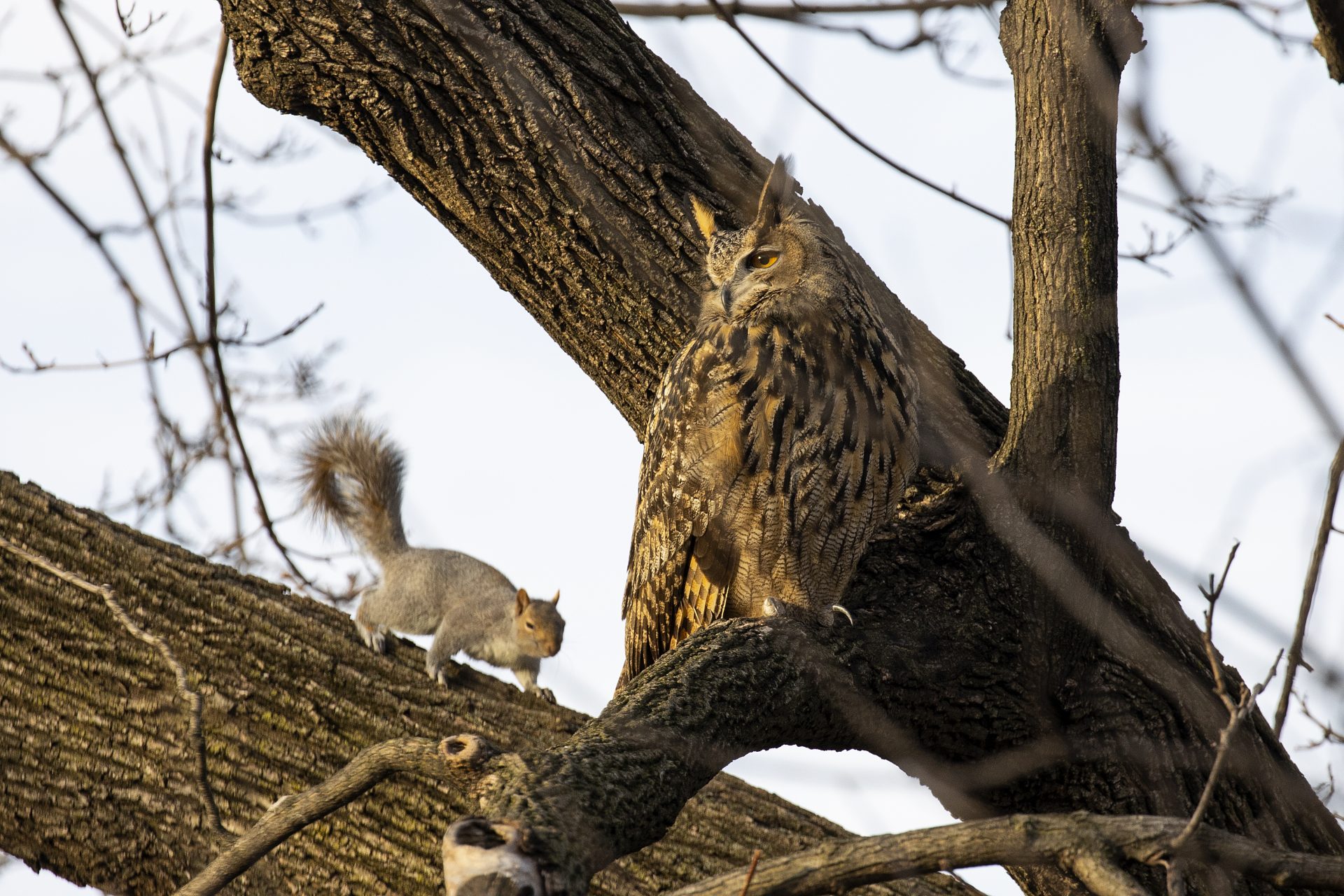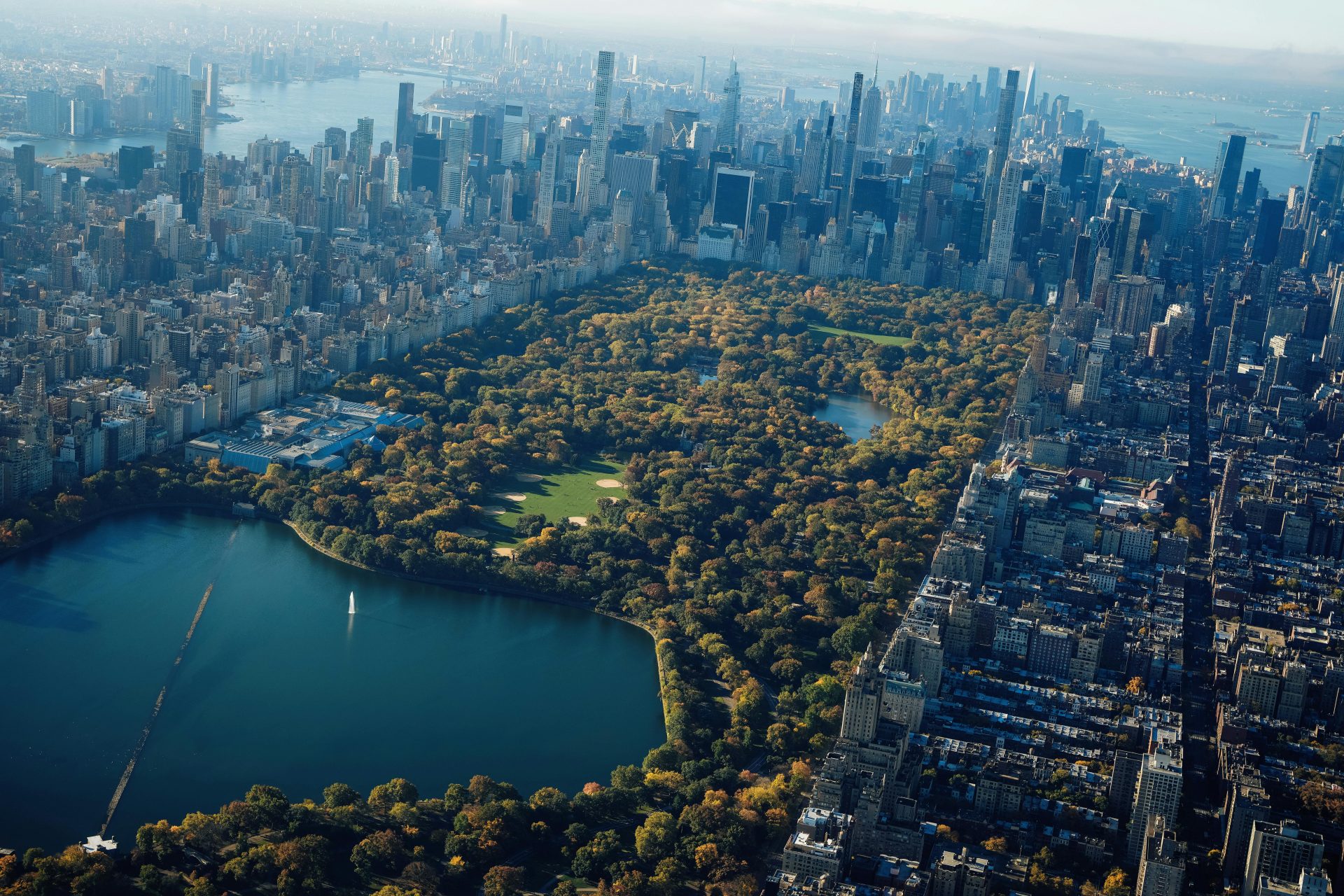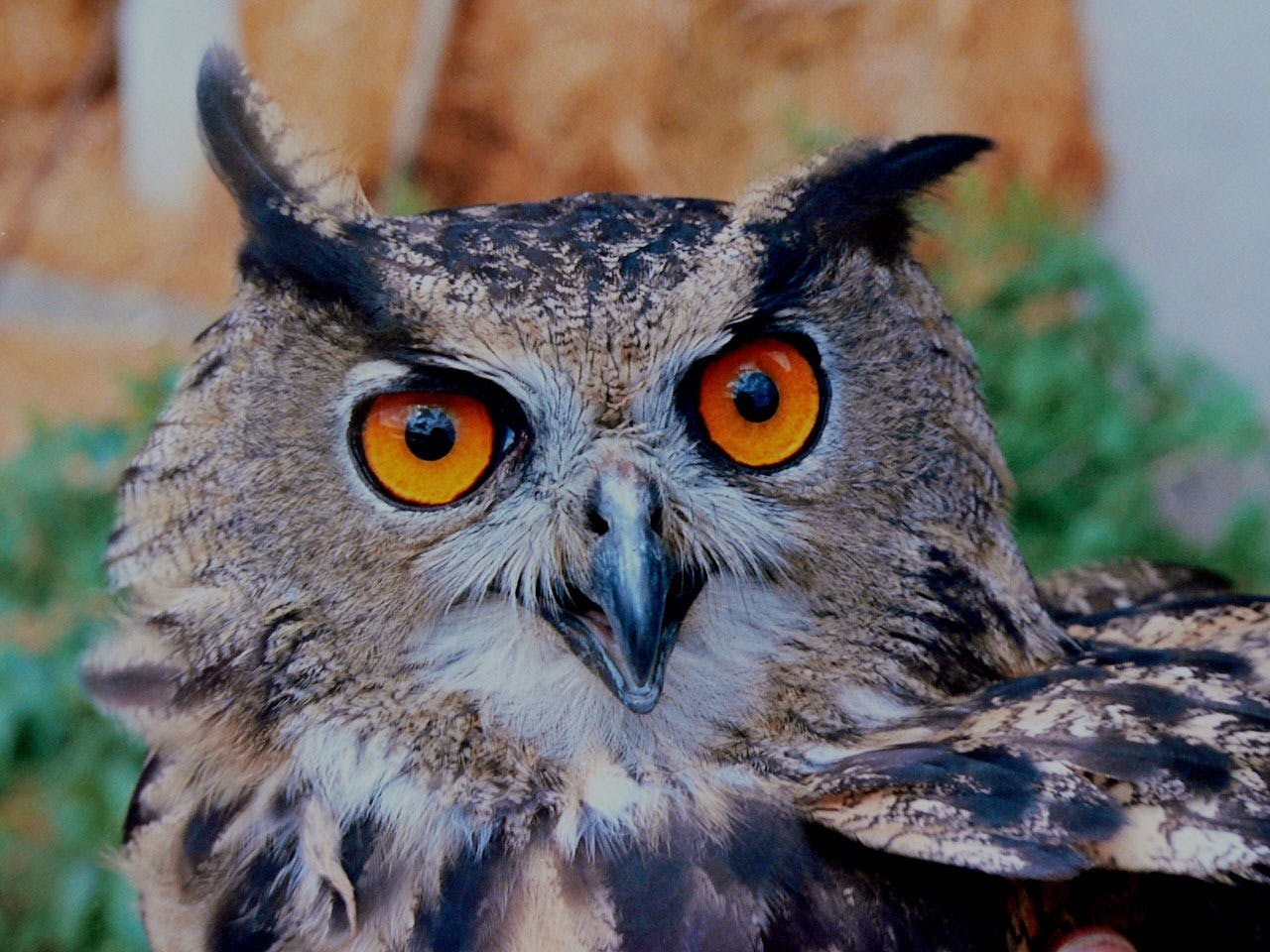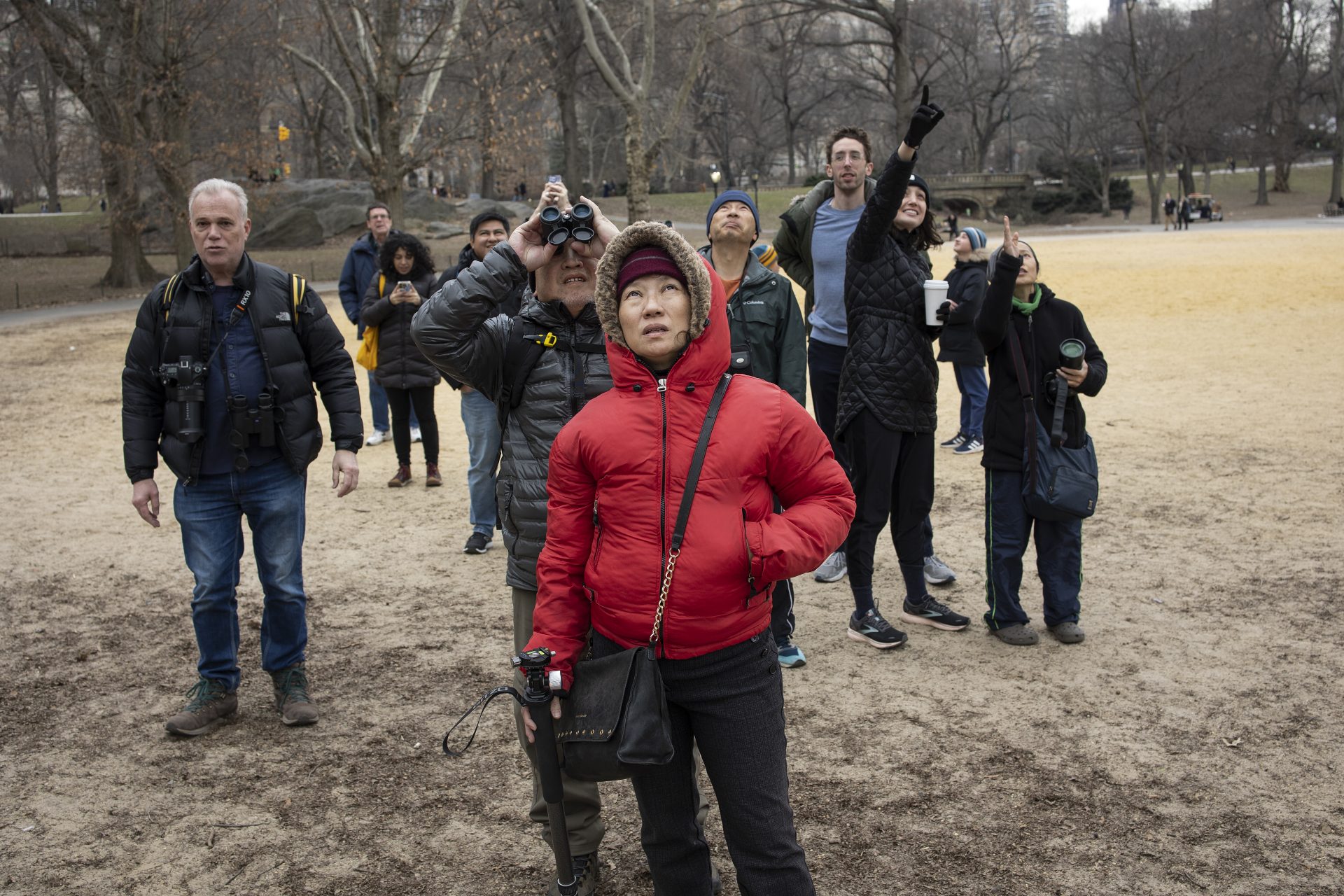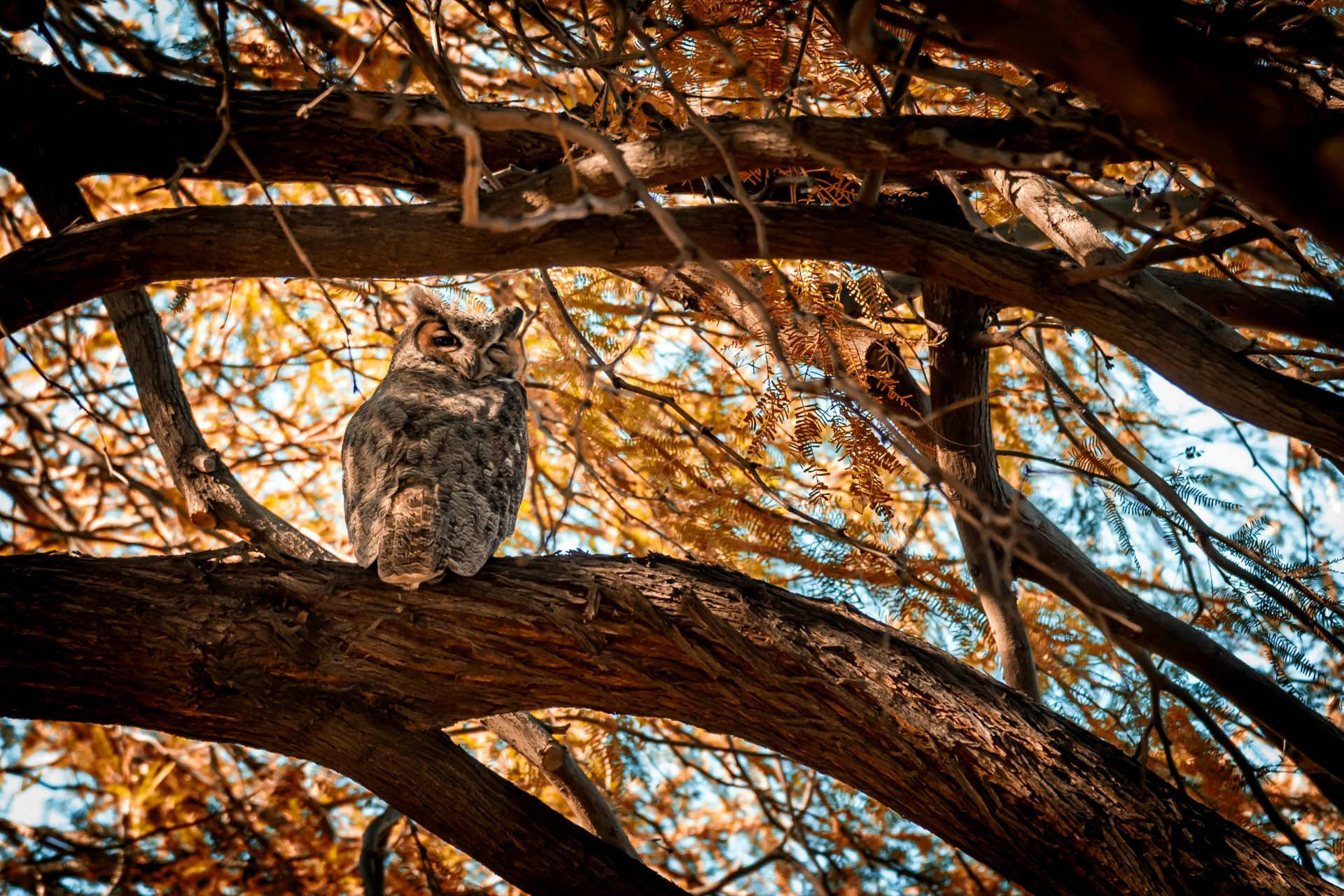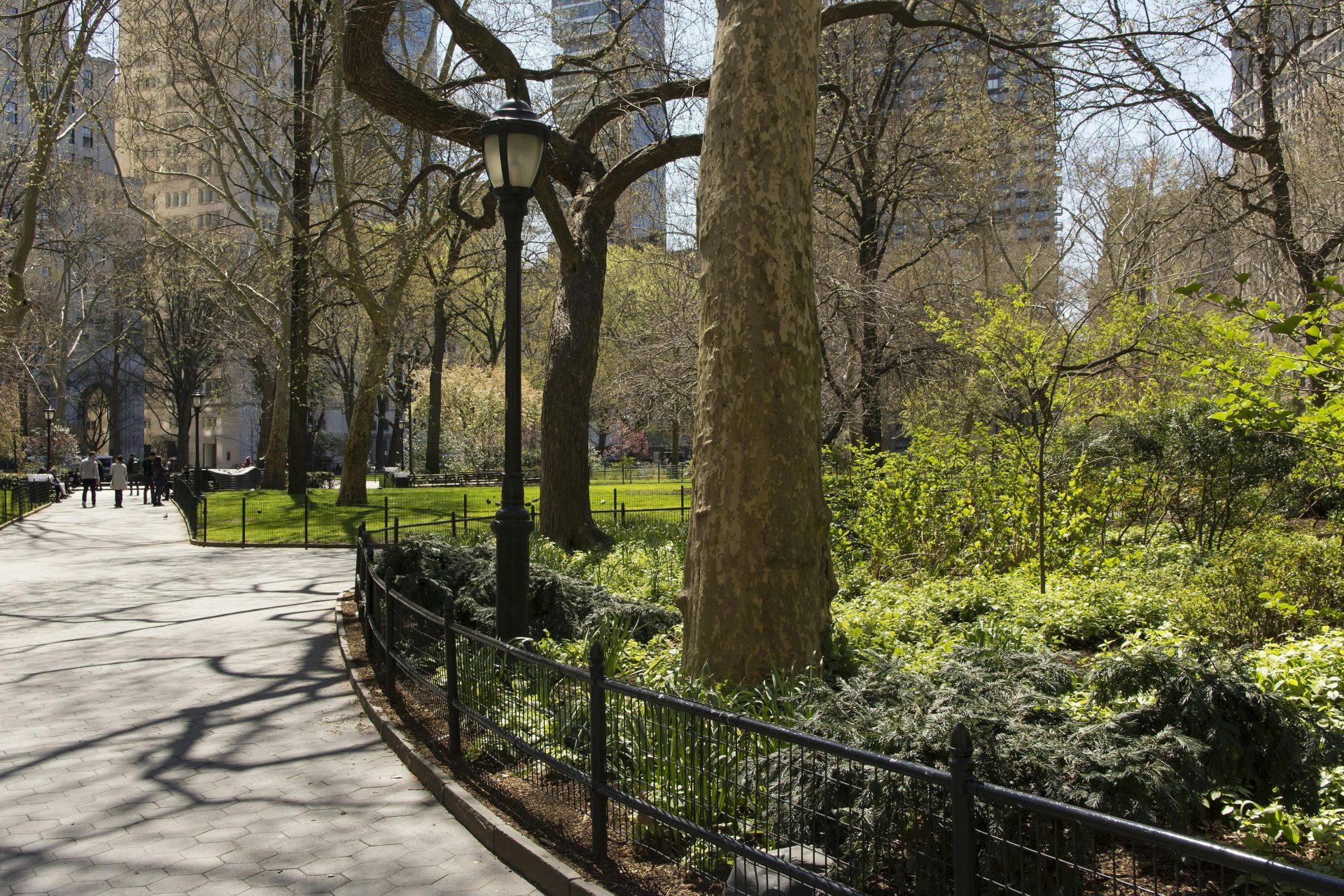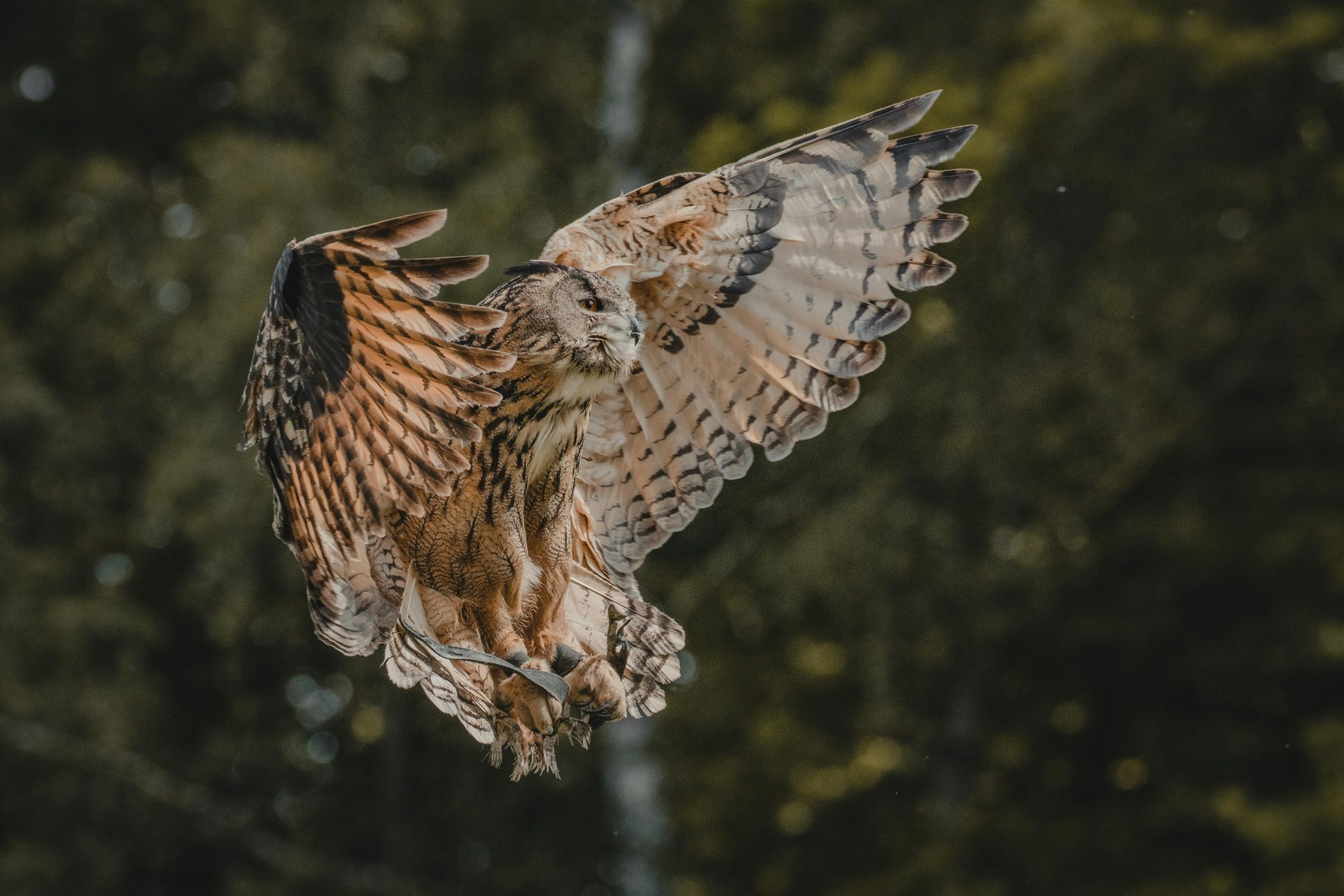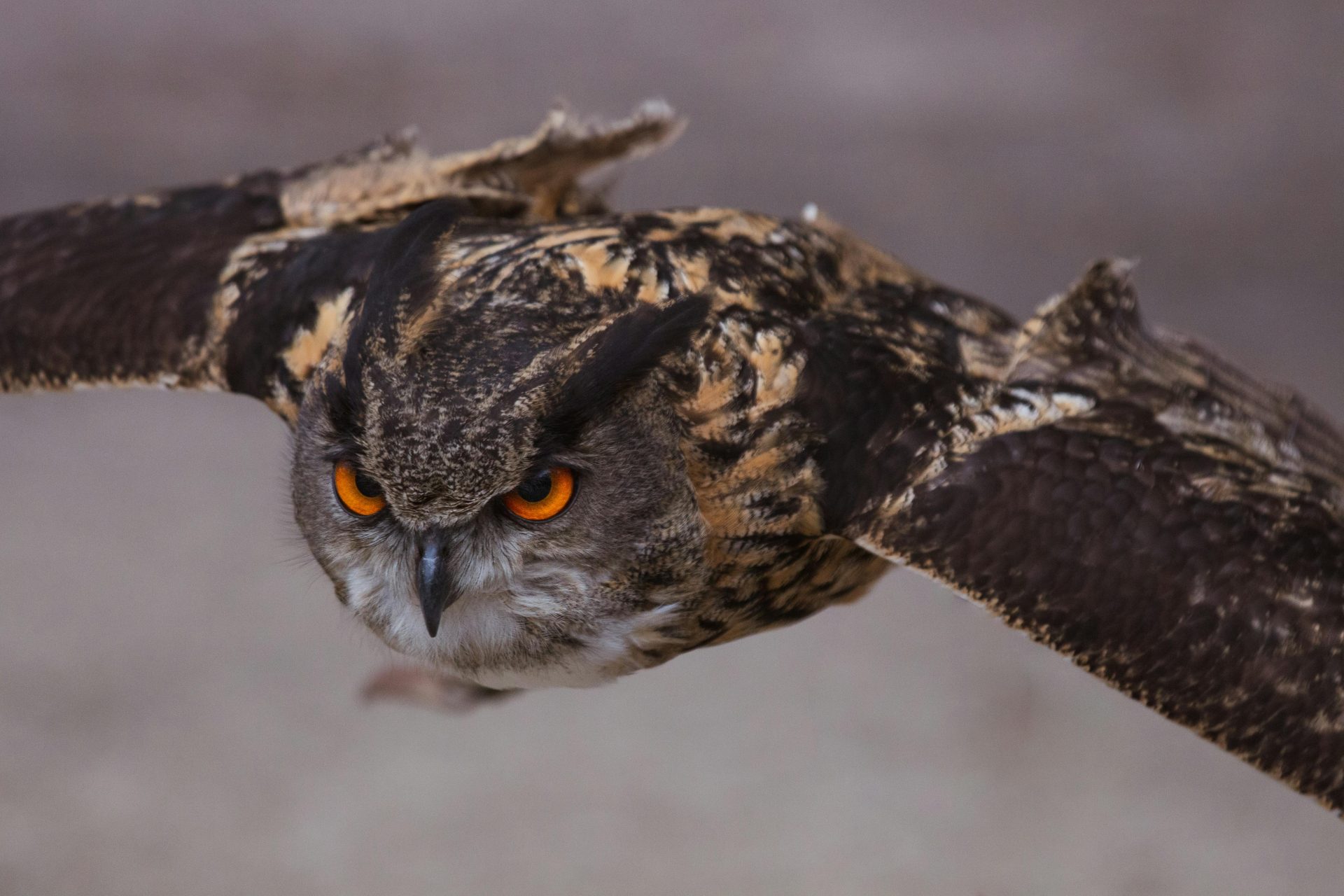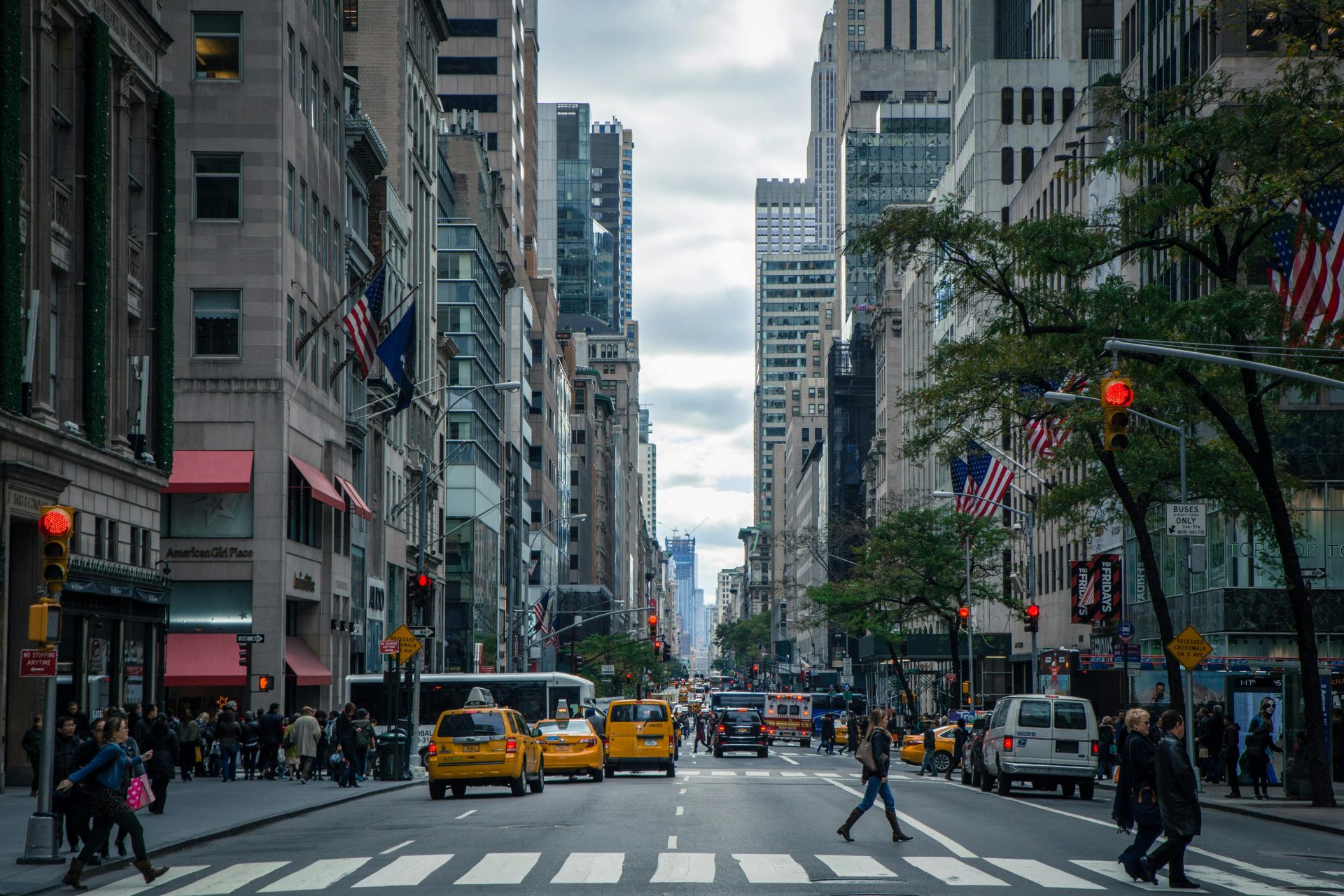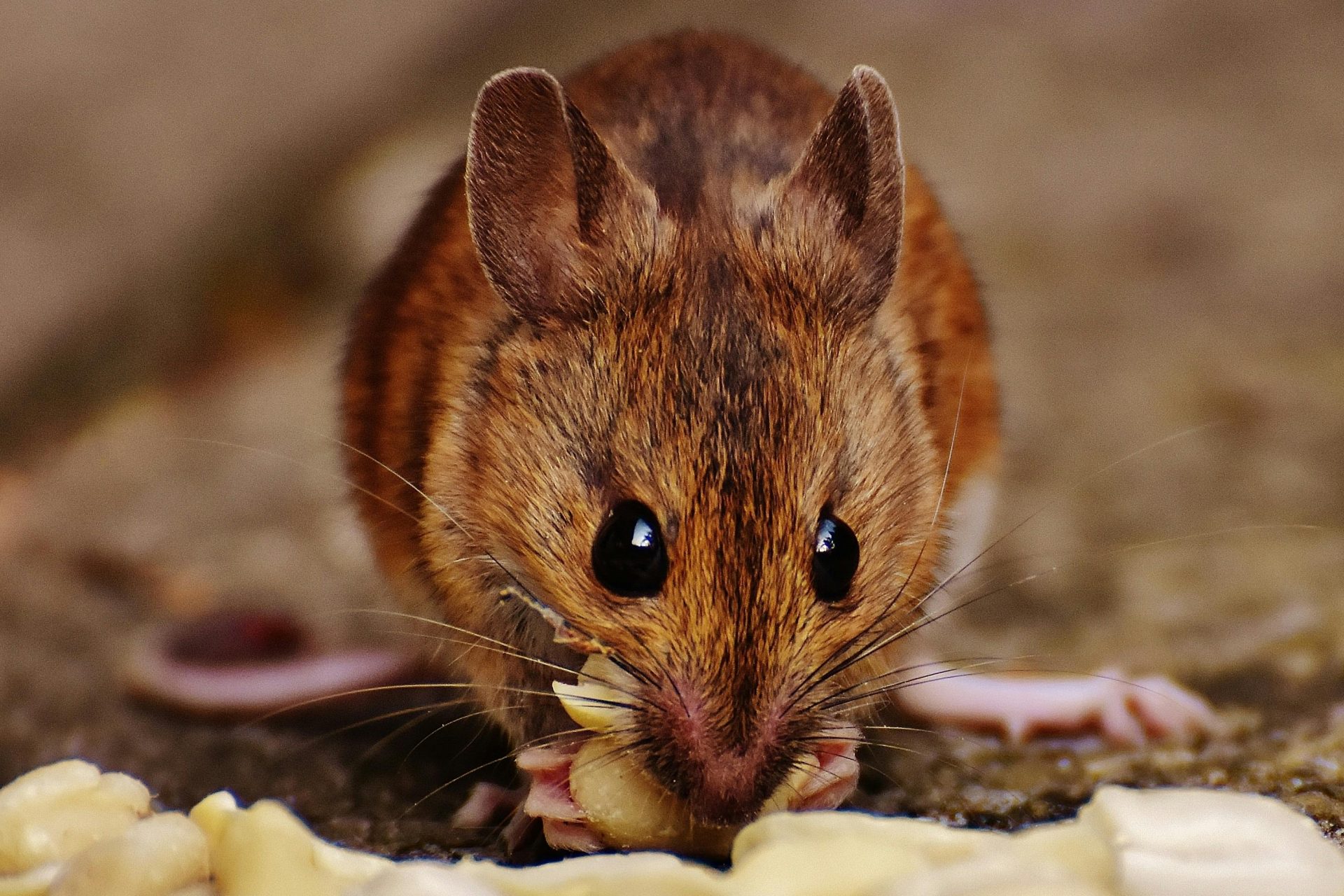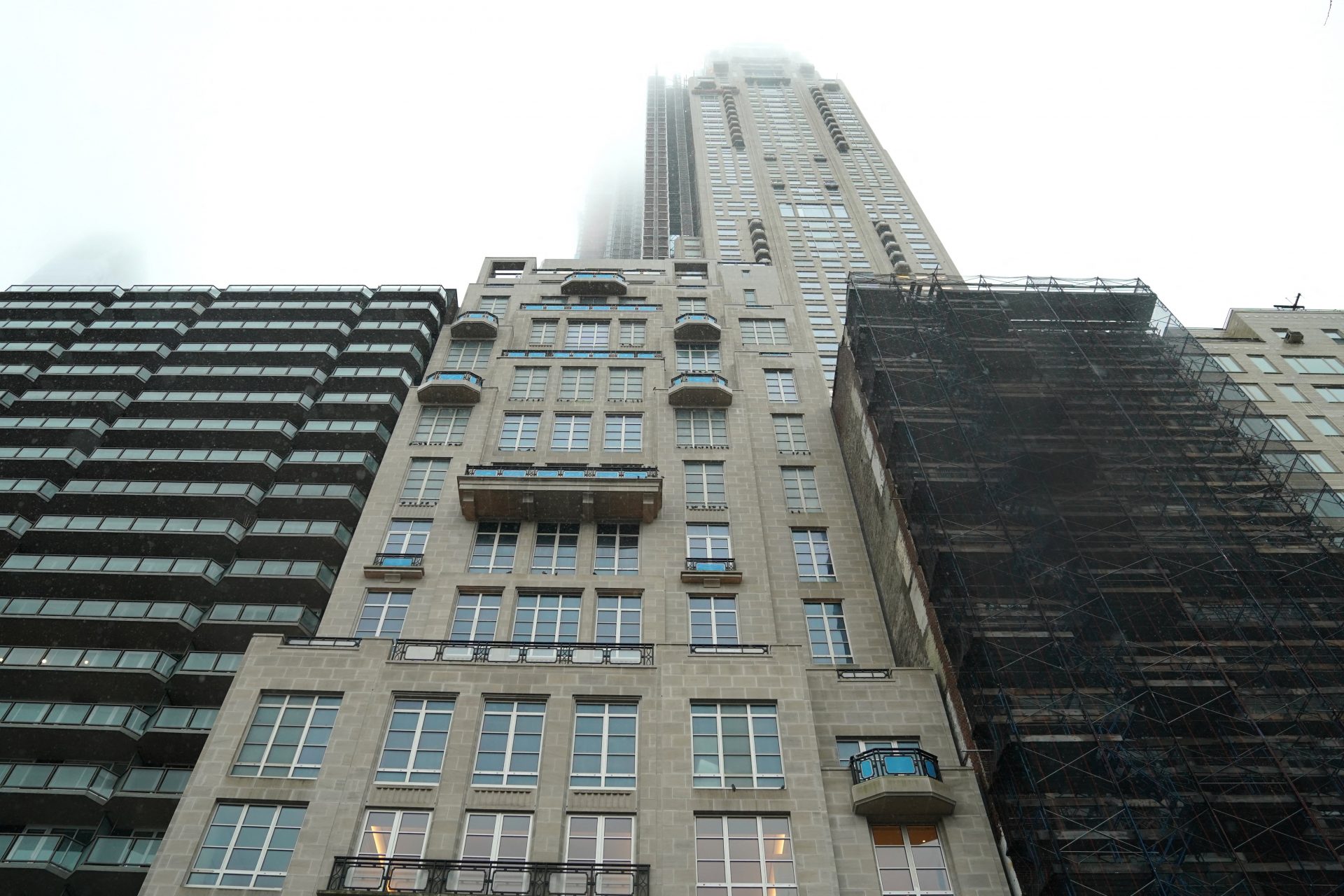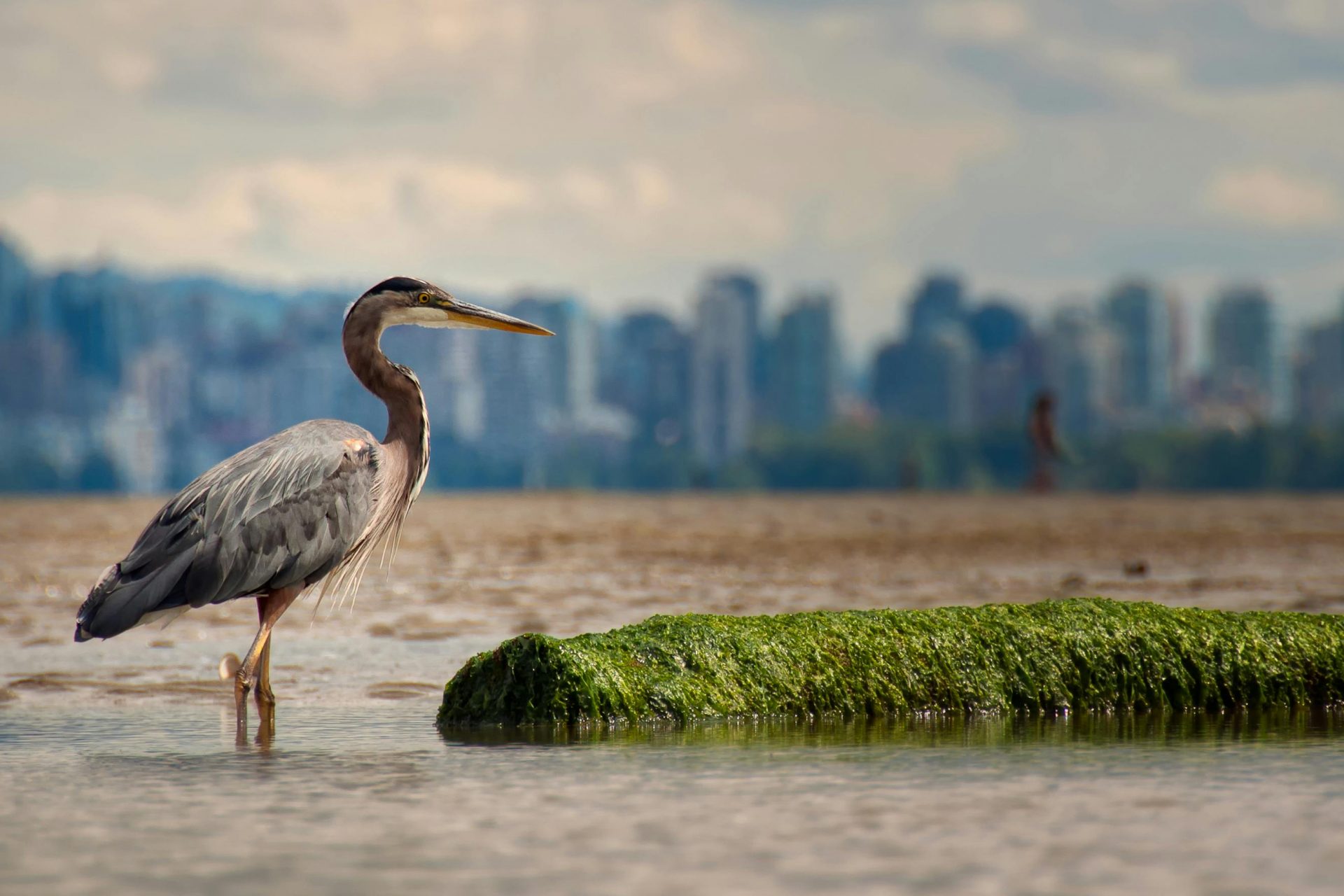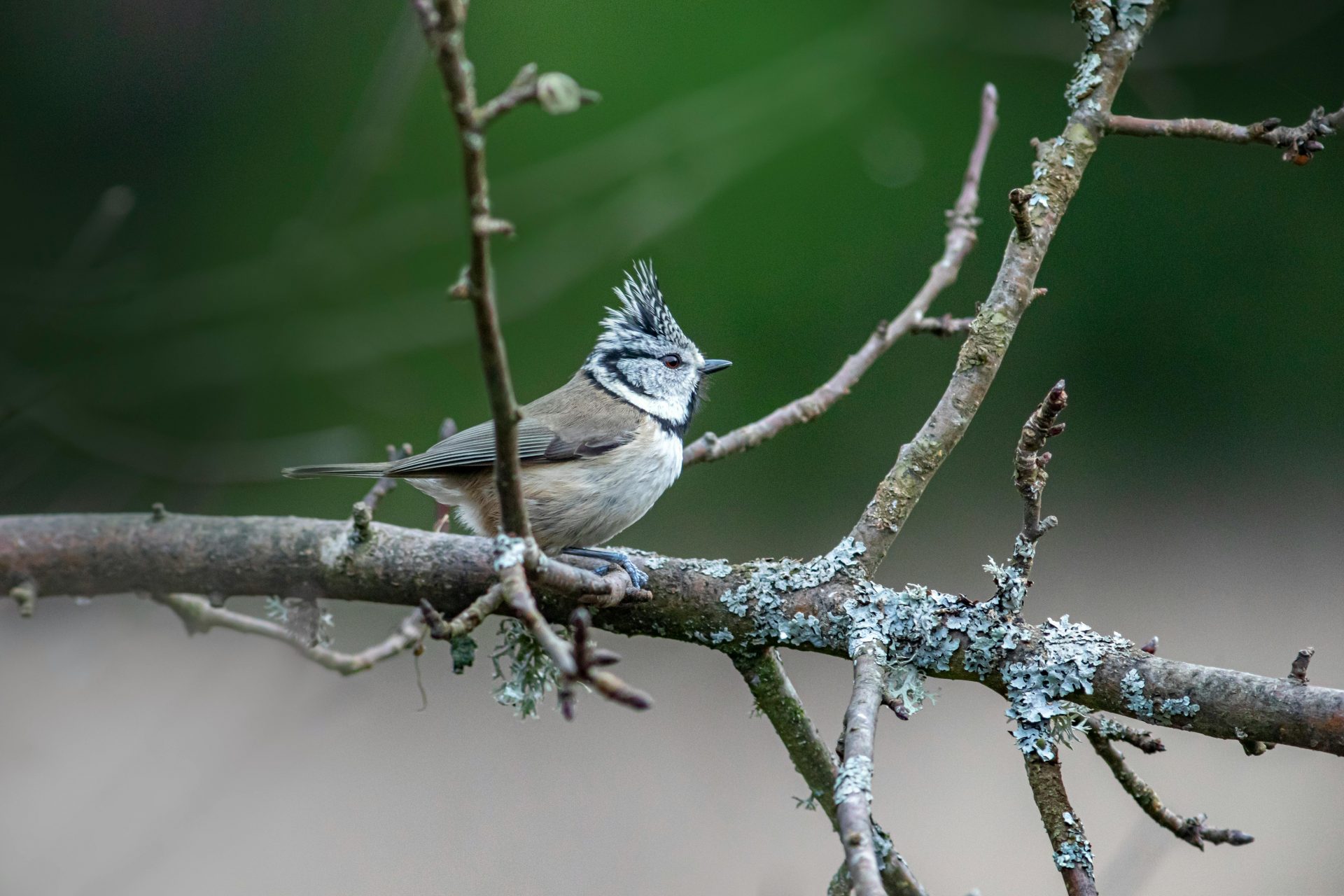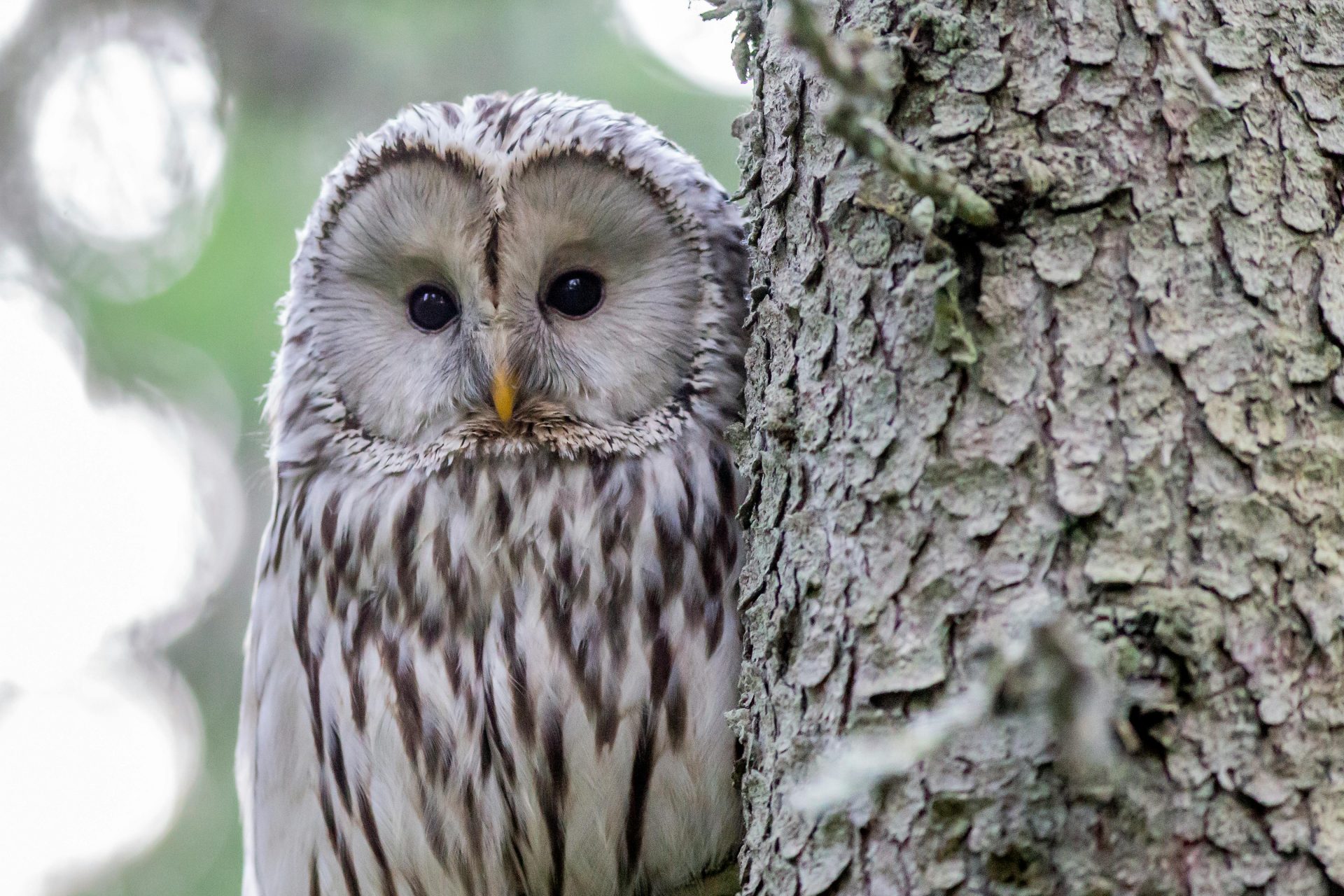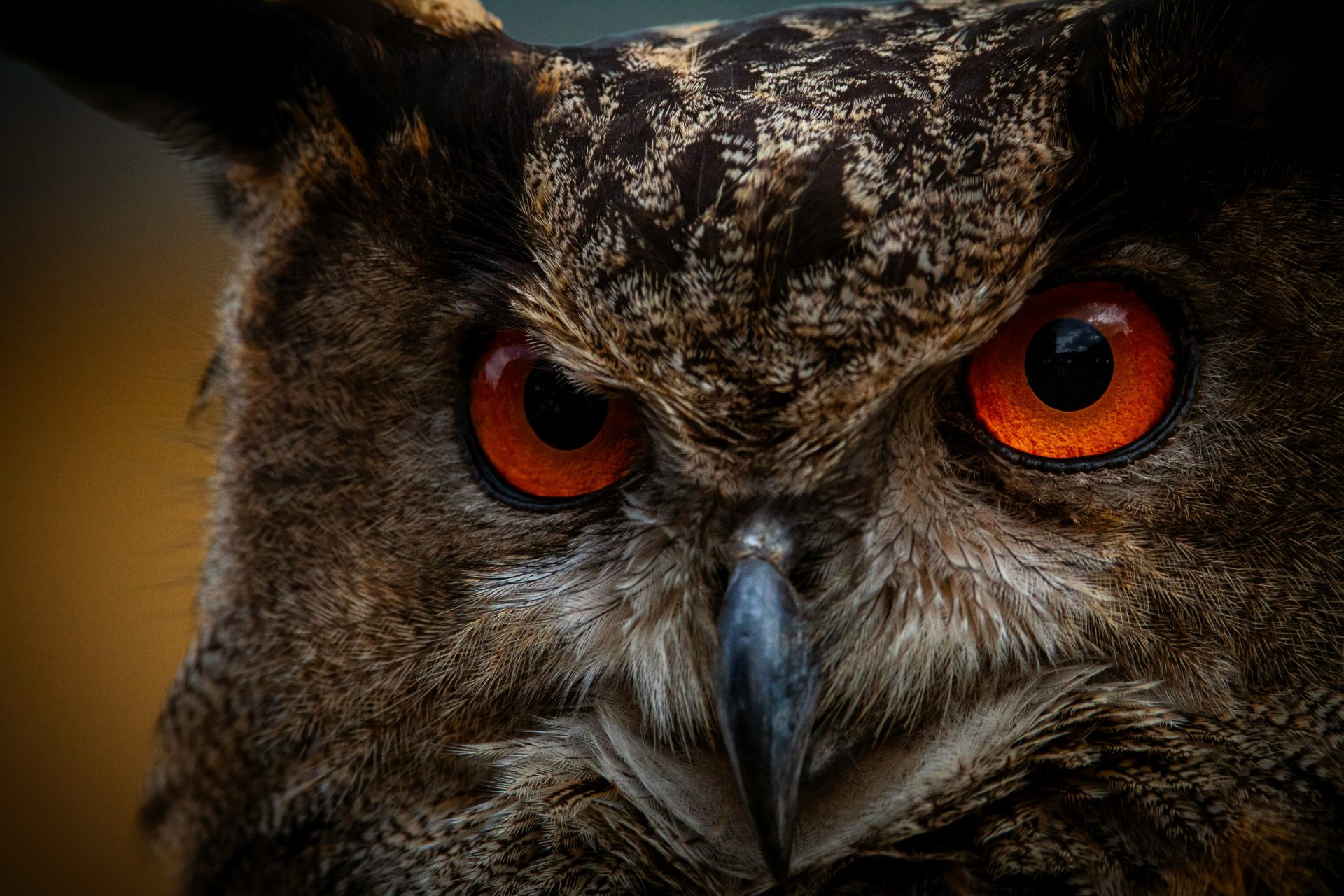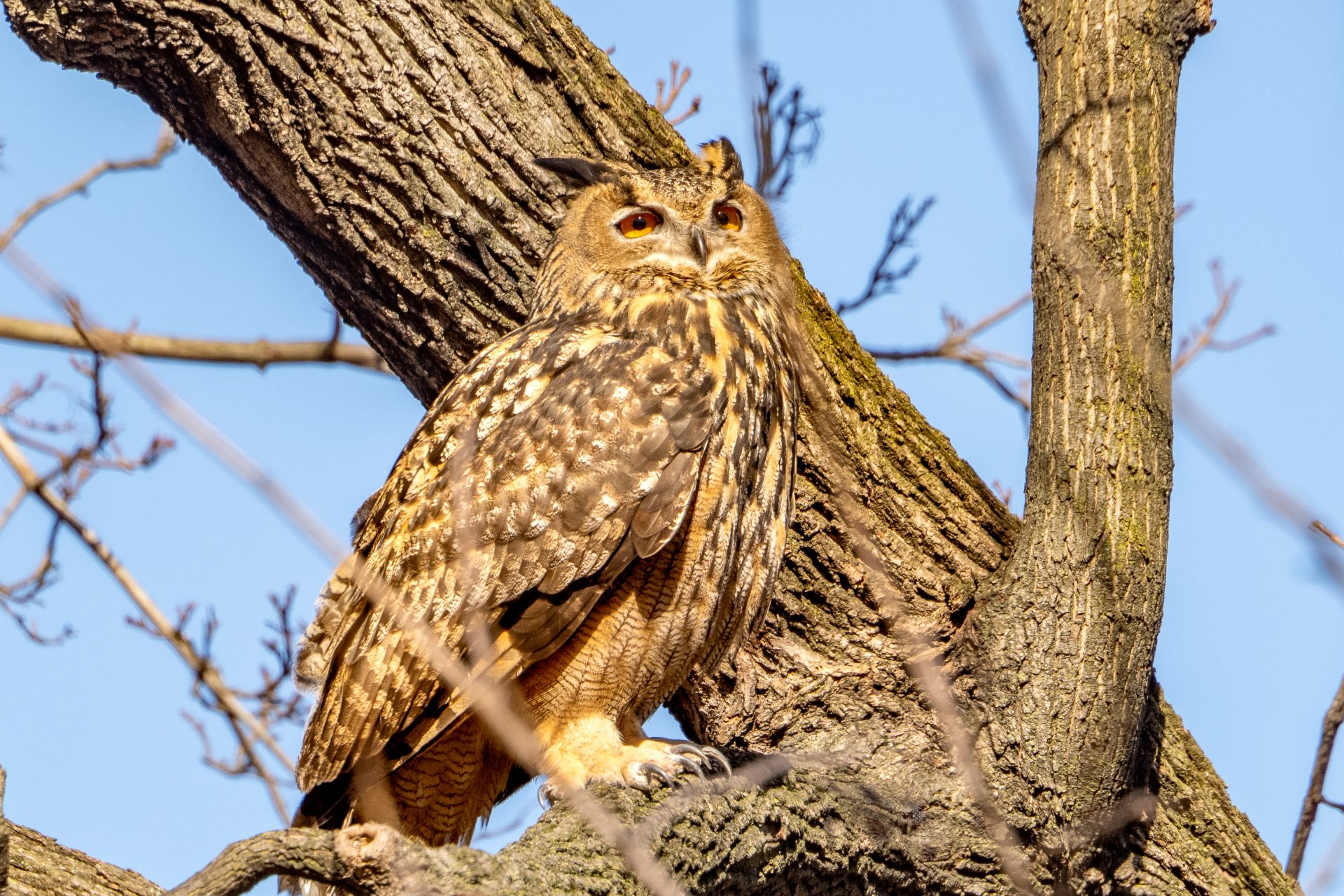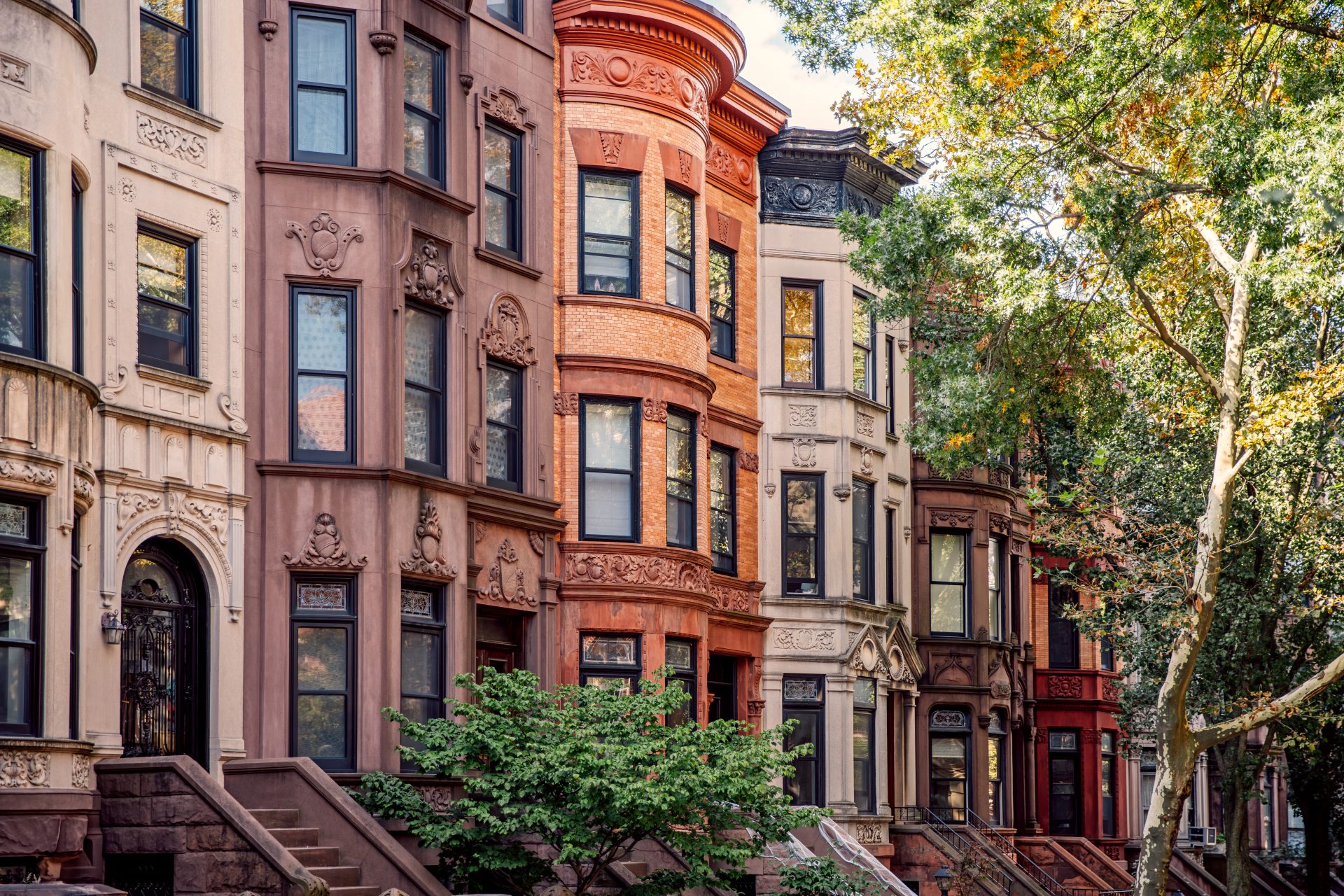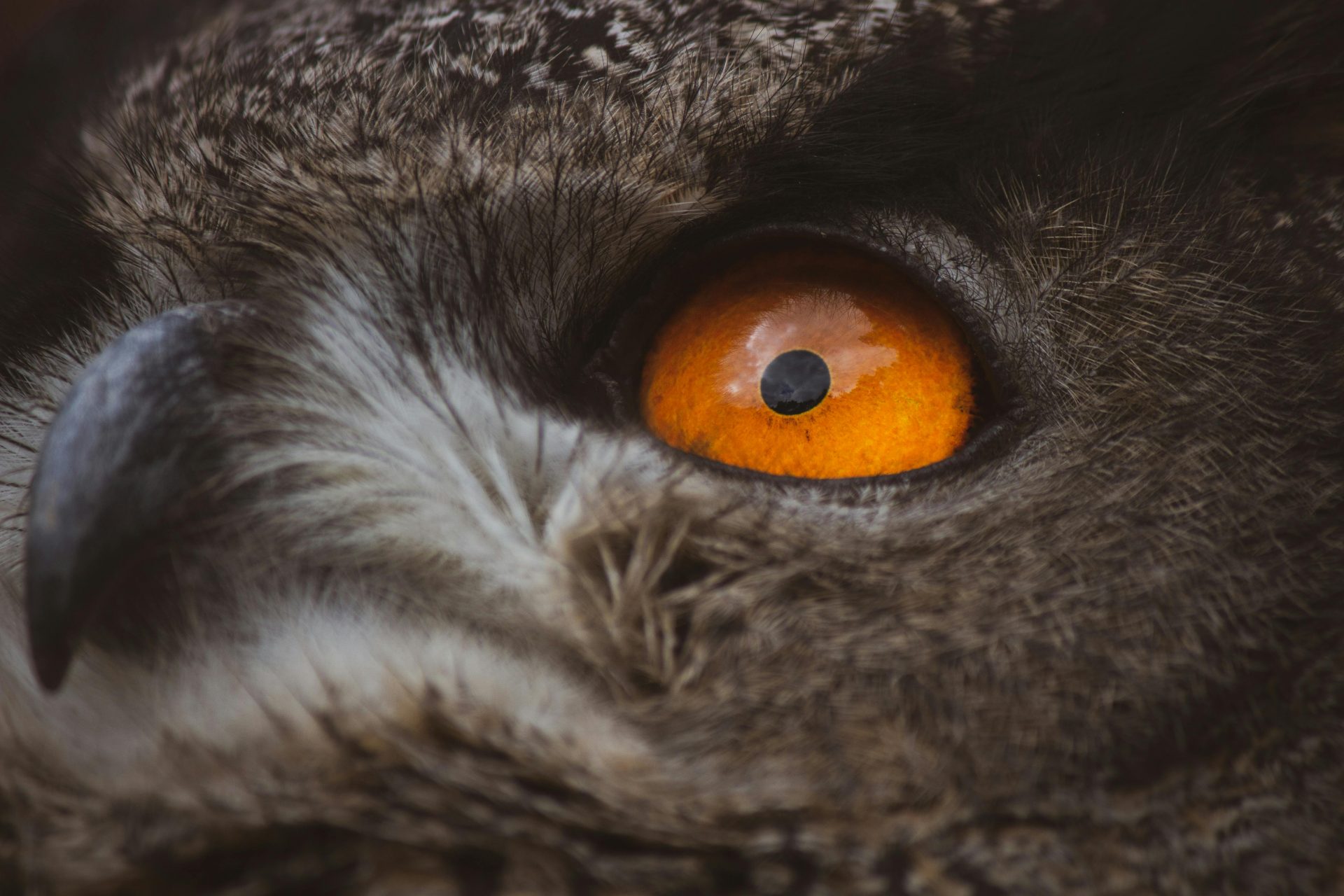Flaco, the owl that escaped from Central Park Zoo, died after a year of freedom
Flaco, the Eurasian eagle owl that captured the hearts of thousands of New Yorkers, sadly passed away on February 23, 2024, after a year of freedom.
Flaco crashed into a building on Manhattan's Upper West Side, near Central Park. His body was taken to the Bronx Zoo for an autopsy.
The animal's story started in 2010 when he arrived at the Central Park Zoo, just under a year old. He adapted well to the environment and lived there for 13 years.
Photo: Zeeshaan Shabbir/Pexels
In February 2023, someone vandalized Flaco's enclosure, which allowed him to escape and live freely in Central Park. NY Police Department is still looking for the culprit.
Flaco, who stood out with his bright orange eyes and elegant tufts of feathers in his ears, defied expectations and fears with his ability to adapt to the wild.
Photo: Public Domain Pictures/Pexels
His nearly six-foot wingspan attracted the attention of photographers like the ones in the picture, admirers, and many followers on social media.
Native to Europe and Asia, the eagle owl is a species that usually live far from human settlements in forested areas or inaccessible cliffs.
Photo: Hoover Tung/Pexels
Still, Flaco lived in an opposite environment for over a year. He was surrounded by vehicles in constant motion, imposing buildings, and buzzing city life.
Photo: Pixabay/Pexels
After several failed recapture attempts, the zoo stopped trying when they witnessed Flaco safely hunting, which showed he could fend for himself.
Photo: David Selbert/Pextels
While some advocated for Flaco's freedom, others considered it a risk to its safety and the well-being of local species.
Photo: Vincent Ma Janssen/Pexels
Out of captivity, Flaco faced dangers such as eating rats infested with poison and collisions with vehicles or buildings.
Photo: Nout Gons/Pexels
According to data from the New York Department of Health, collected by the National Audubon Society, approximately 62,500 pounds of rat poison was used in the city in 2021.
Photo: Pixabay/Pexels
Data from the same society collected by the New York Times shows that around 230,000 birds die yearly in New York City by hitting windows.
An avian ecologist from the Teton Raptor Center, Katherine Gura, told the National Audubon Society that Flaco was competing with local birds for food, resources, and territory.
Photo: James Wheeler/Pexels
Additionally, Flaco could have preyed on native birds, including smaller owl species, expert Scott Weidensaul warned the conservation society.
Photo: Erik Karits/Pexels
The Society cited the deaths by vehicle collision of Barry, a female Barred Owl who lived in Central Park, and Gladys, another fugitive Eurasian eagle owl who lived near the Minnesota Zoo, as examples.
Photo: Erik Karits/Pexels
Conservationist societies and citizens debated whether it was better to let Flaco live a protected and long life in captivity or a short and dangerous life in freedom.
Photo: Fernando Groeneveld/Pexels
According to the New York Times, wild Eurasian eagle owls can live more than 40 years in captivity but only 20 on average in their natural habitat. Despite this, many New Yorkers signed a petition to keep him free.
Around Halloween, Flaco left the park to tour the city, the New York Times reported. By the end of the year, he settled in the Upper West Side before crashing into a building.
"The vandal who damaged Flaco's exhibit jeopardized the safety of the bird and is ultimately responsible for his death," the Wildlife Conservation Society said in its last statement about the bird.
Photo: Vincent Ma Janssen/Pexels
More for you
Top Stories



